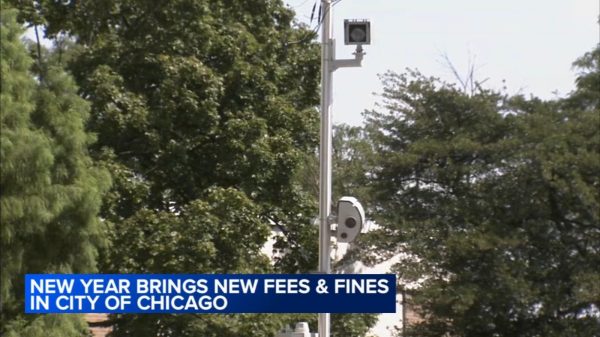
Christine Benz of Morningstar
Forms of compensation like r estricted stock units and performance shares—whereby executives receive a batch of stock from their companies after meeting a performance target — have some key advantages relative to employee stock options.
They’re more straightforward than stock options, and the associated taxes are less complex and often better aligned with gains. That said, employee stock options can be a key source of wealth for some households. That means if options are part of your compensation package, it’s worth your while to get familiar with how they work generally, as well as how your company handles stock options specifically.
Employee stock option basics
When employees receive stock option grants, they have the opportunity to exercise the options at some later date at a predetermined price, called the strike price or exercise price.
Assume that Sharon received 100 shares of her employer stock in 2014, when it was trading at $2.35 per share, with a strike price of $10 per share and an expiration date of Dec. 31, 2023. If the stock were trading at $20 per share when Sharon wanted to exercise her options toward the end of 2023, the options would be “in the money,” meaning that the strike price is below the stock price at the time of exercise. Her profit would be on the difference between her $1,000 exercise price (her 100 stock options multiplied by the $10 strike price) and $2,000, the shares’ value at the time of exercise. She could either continue to hold the stock after exercise in the hope that it would go higher, or sell and pocket her profit.
Taxes? It depends
There are two key types of employee stock options: incentive stock options and nonqualified stock options. That distinction has a big impact on the tax treatment, which in turn may affect the strategy you employ with the options.

















































